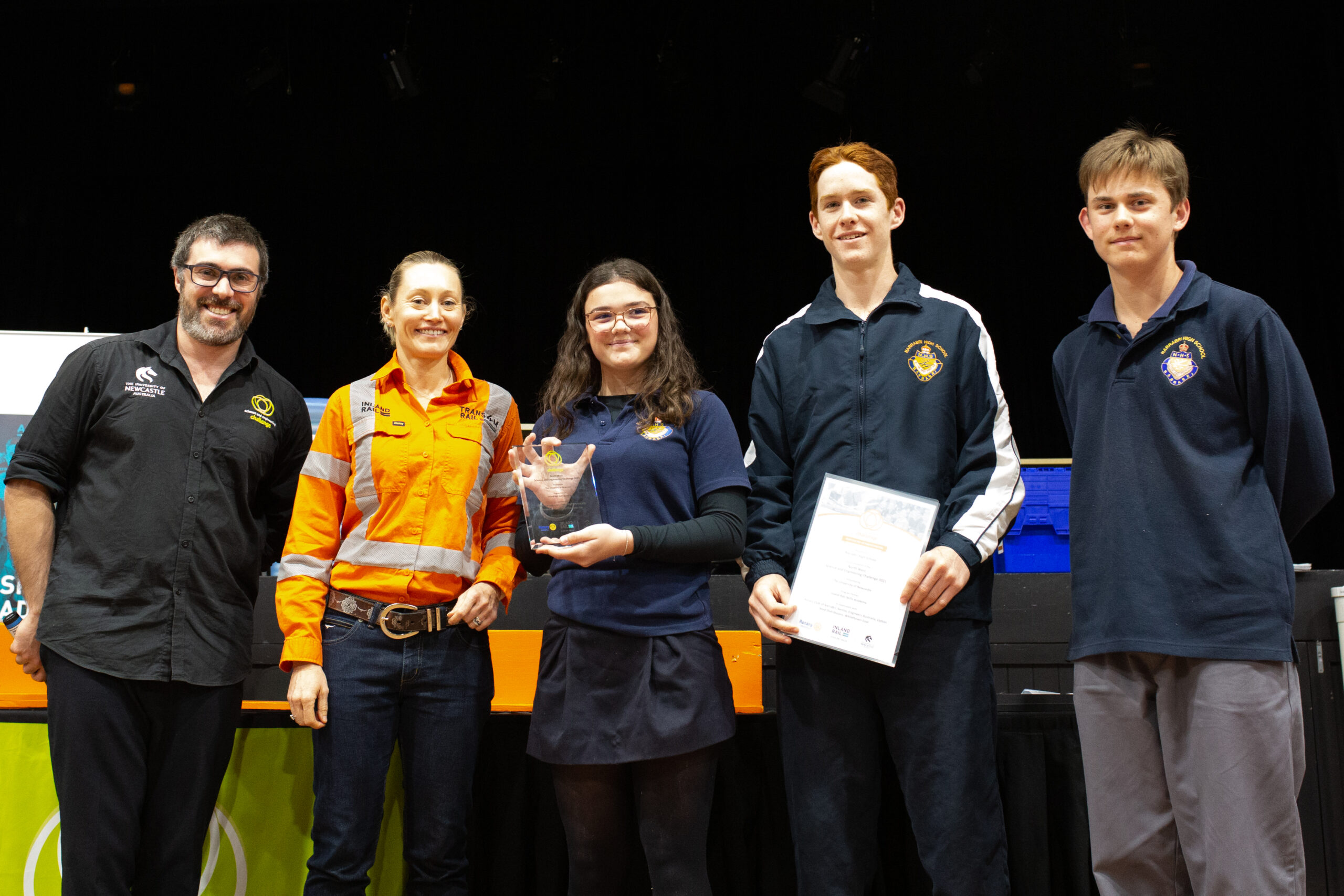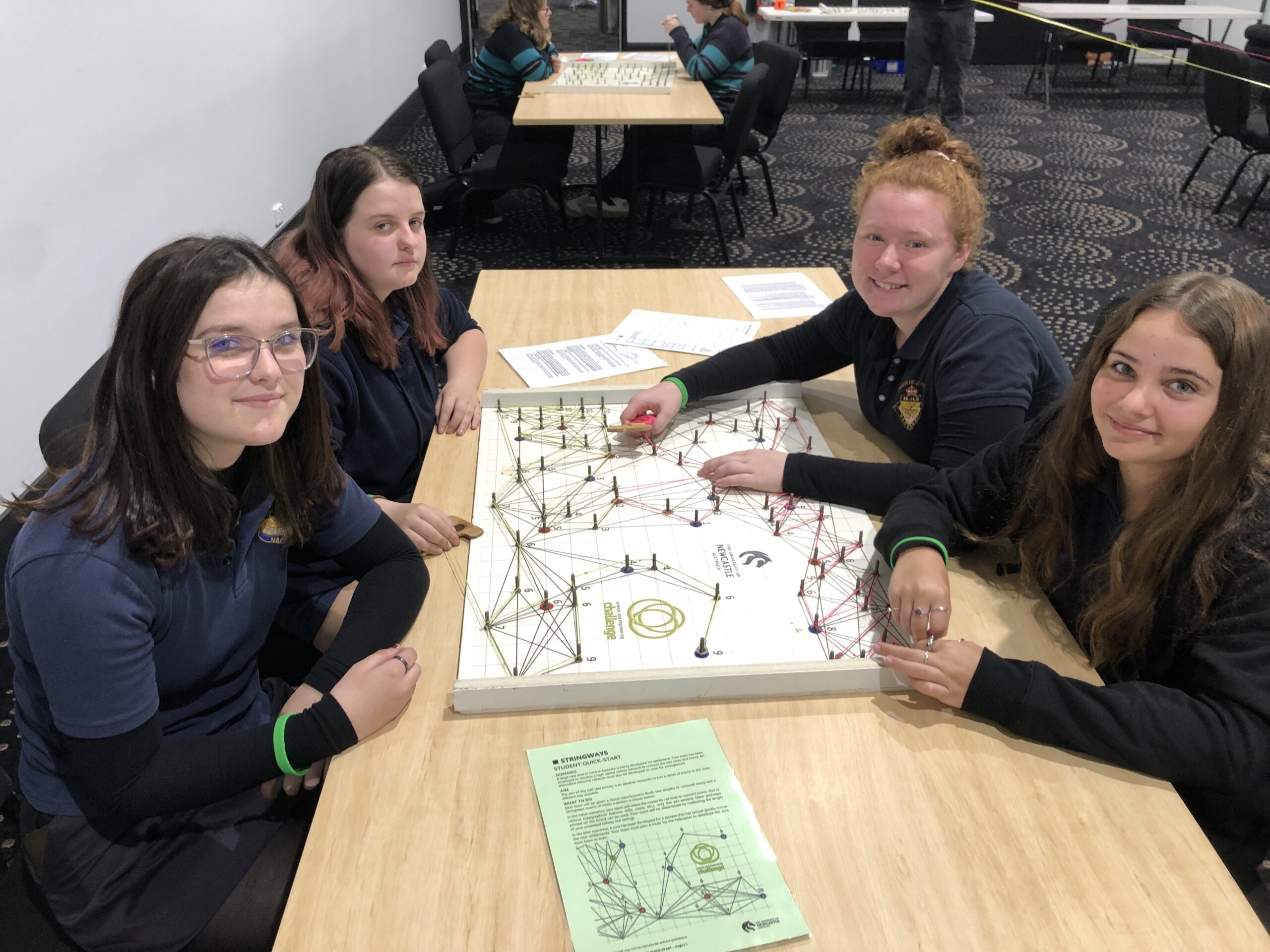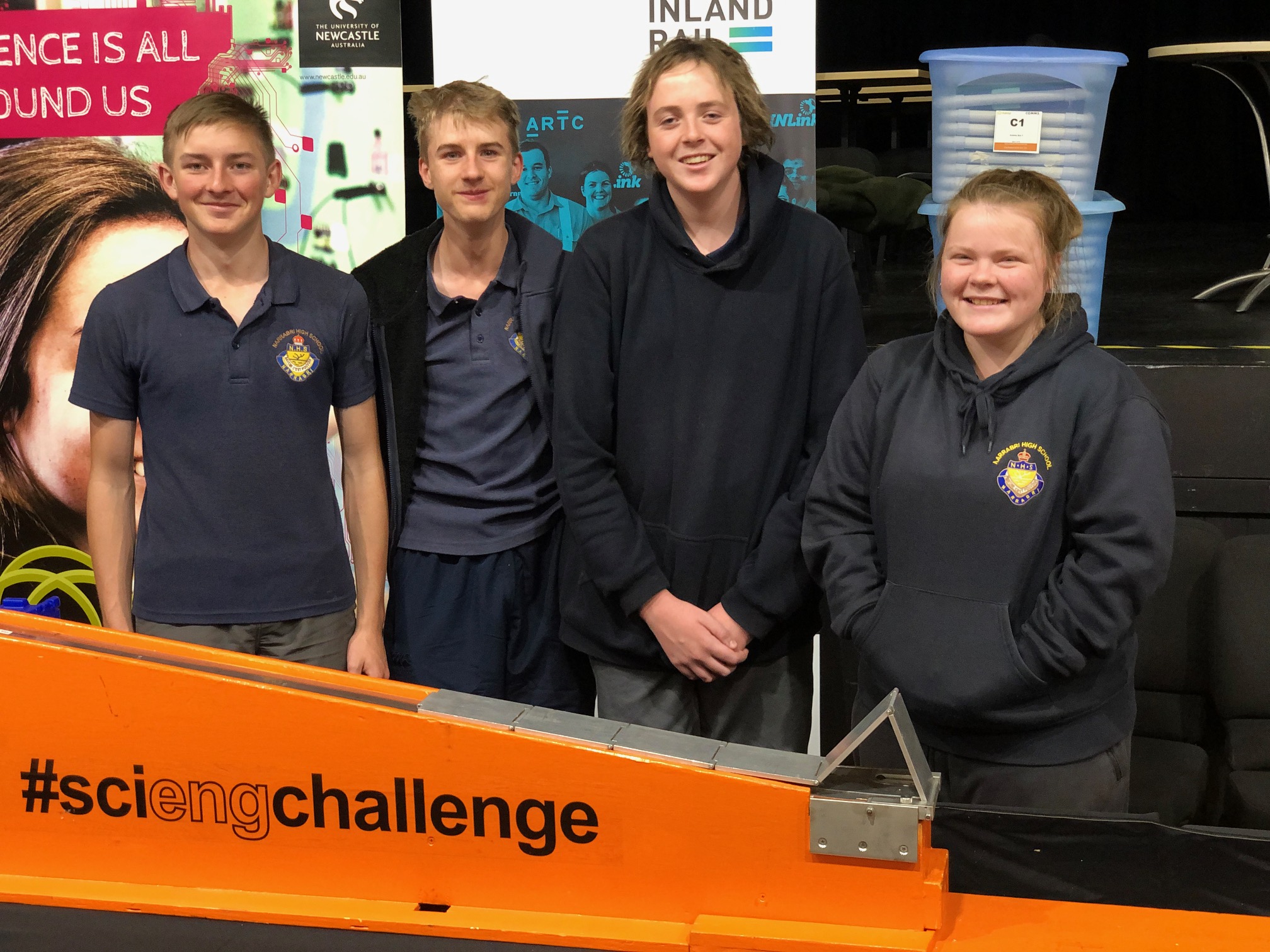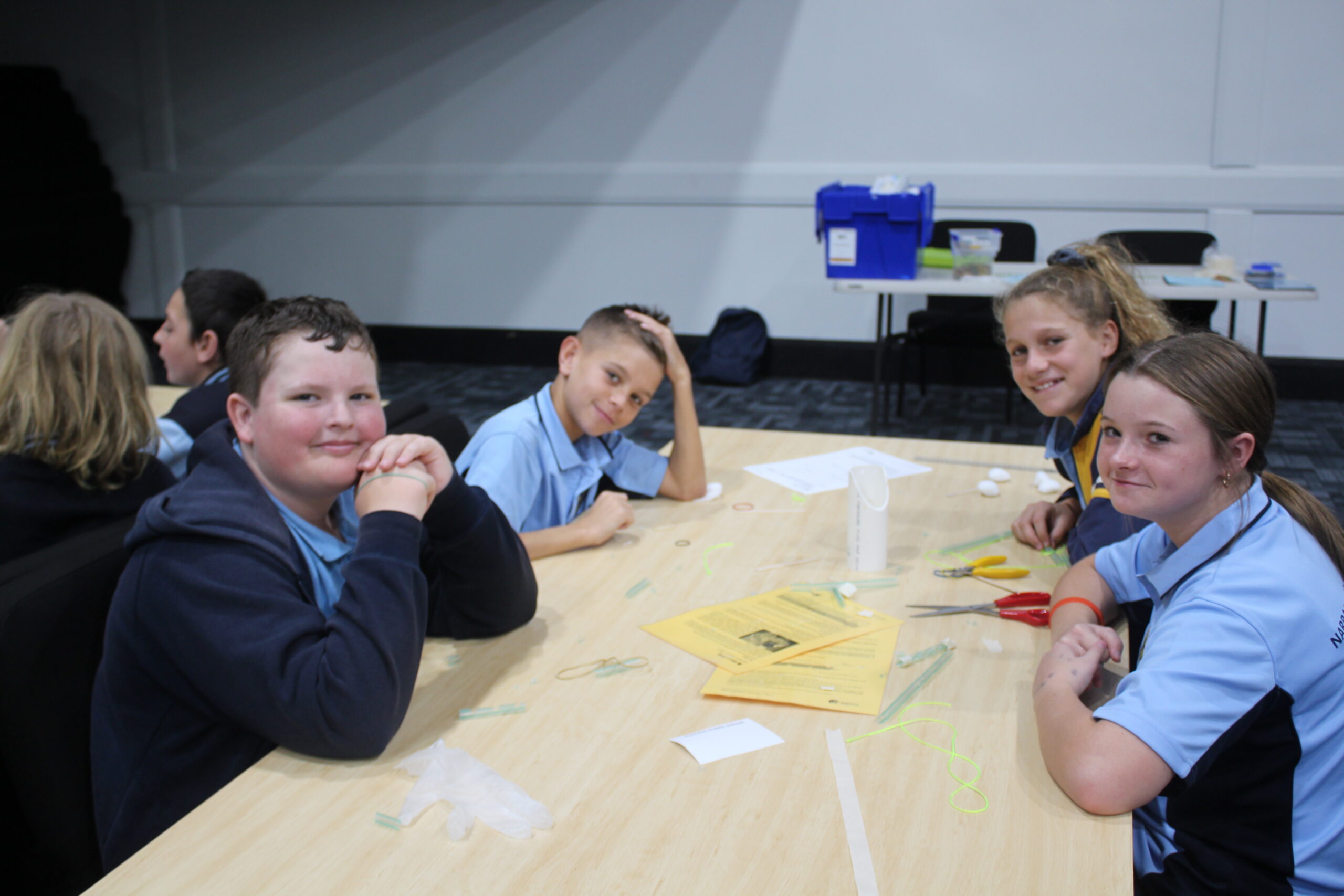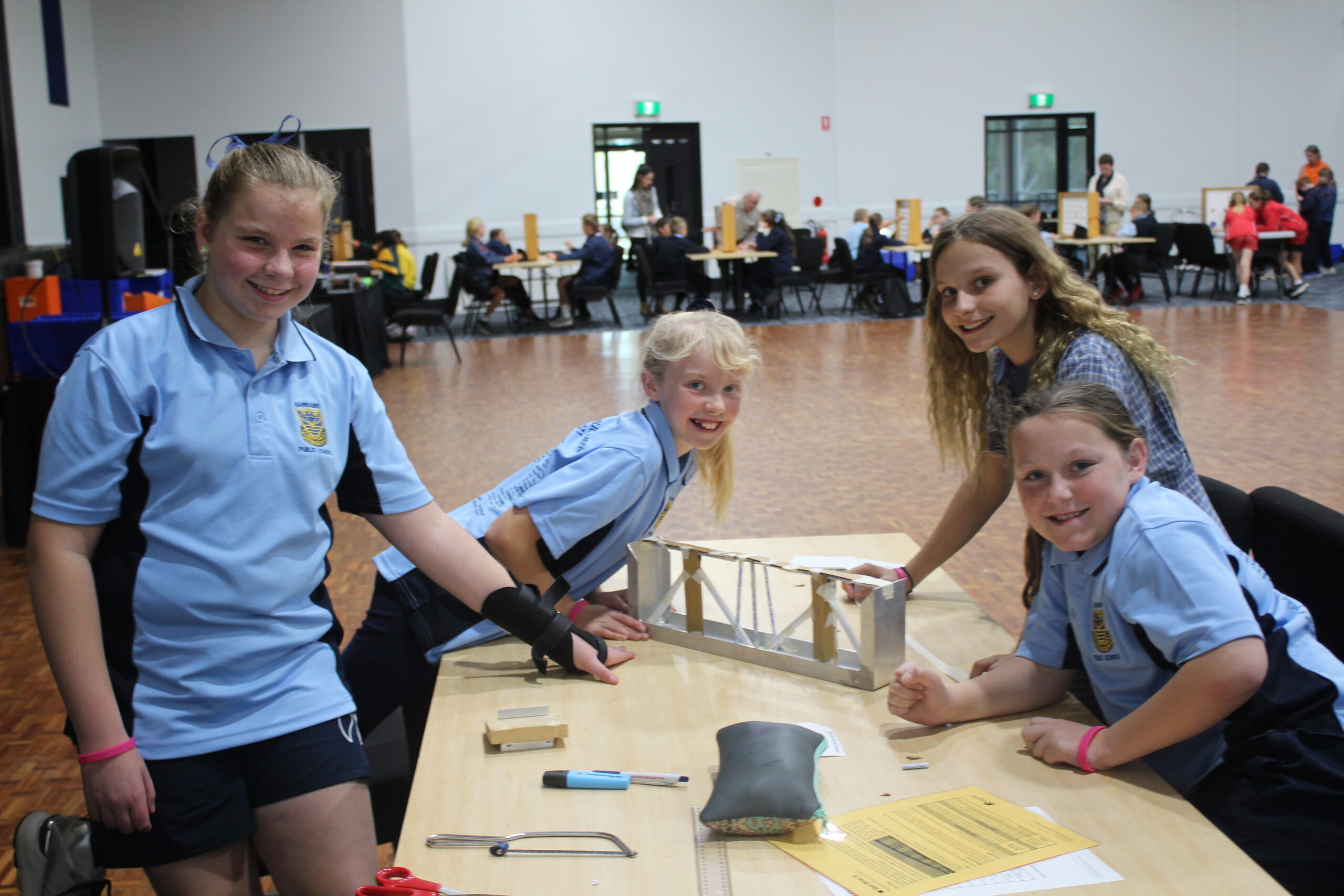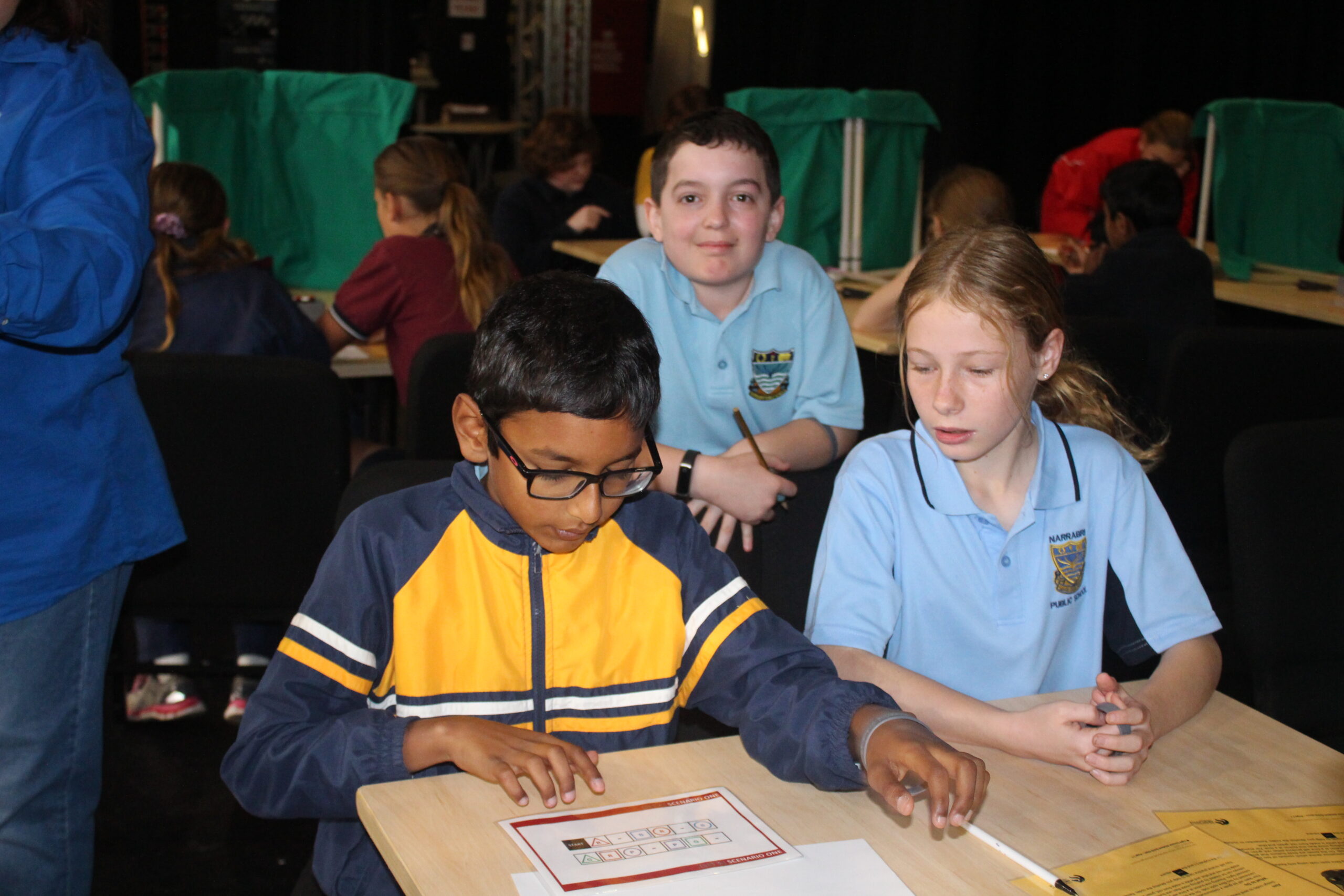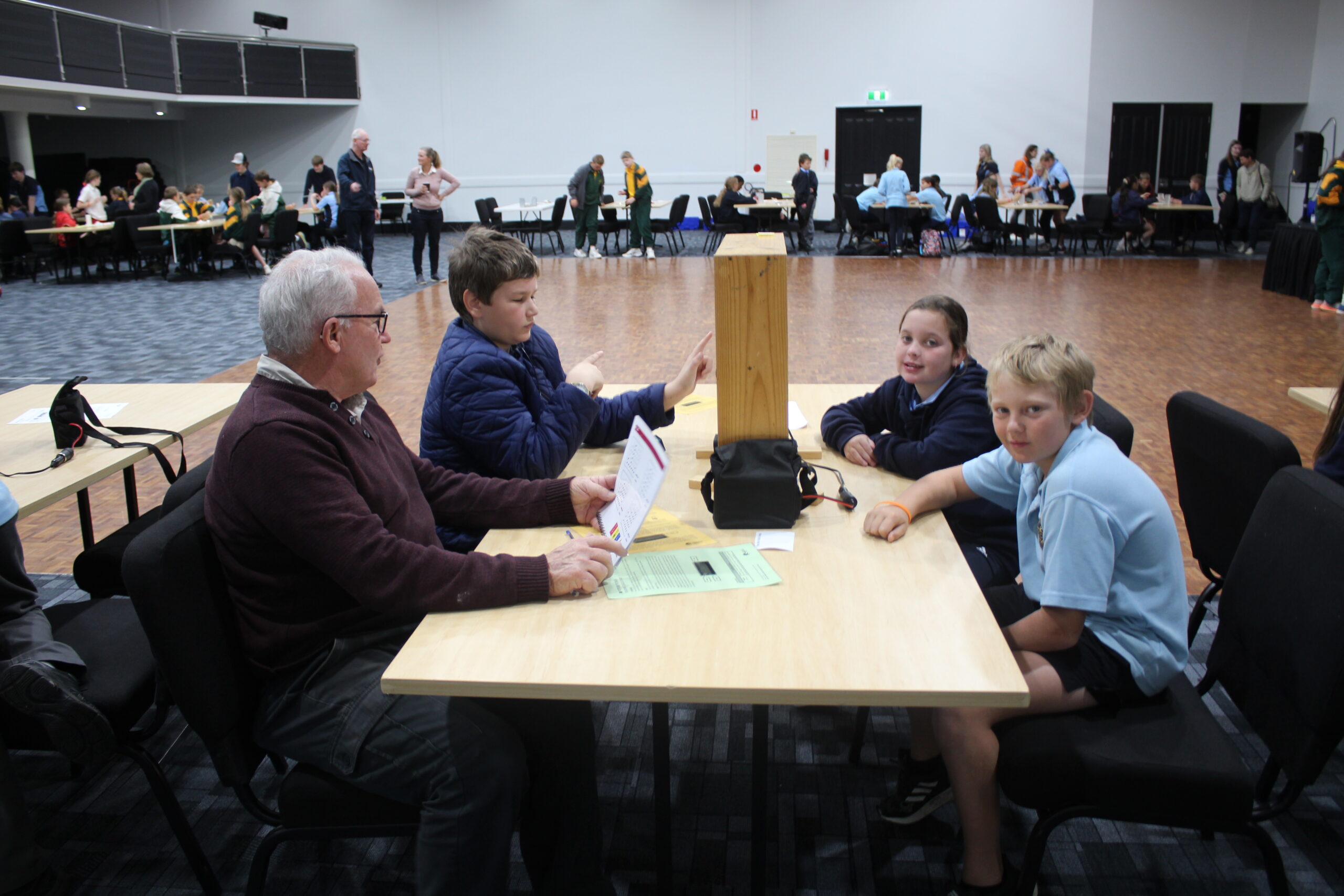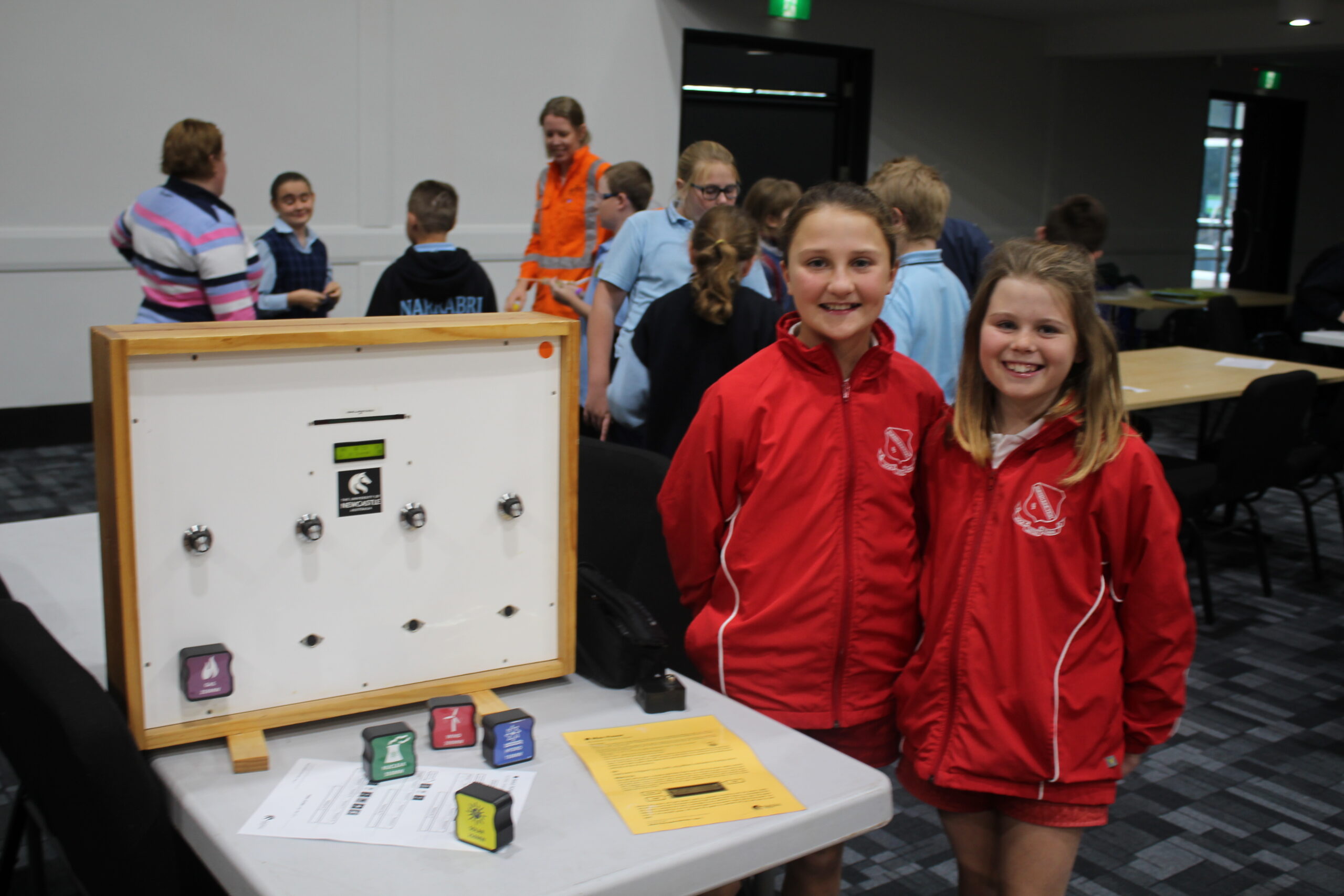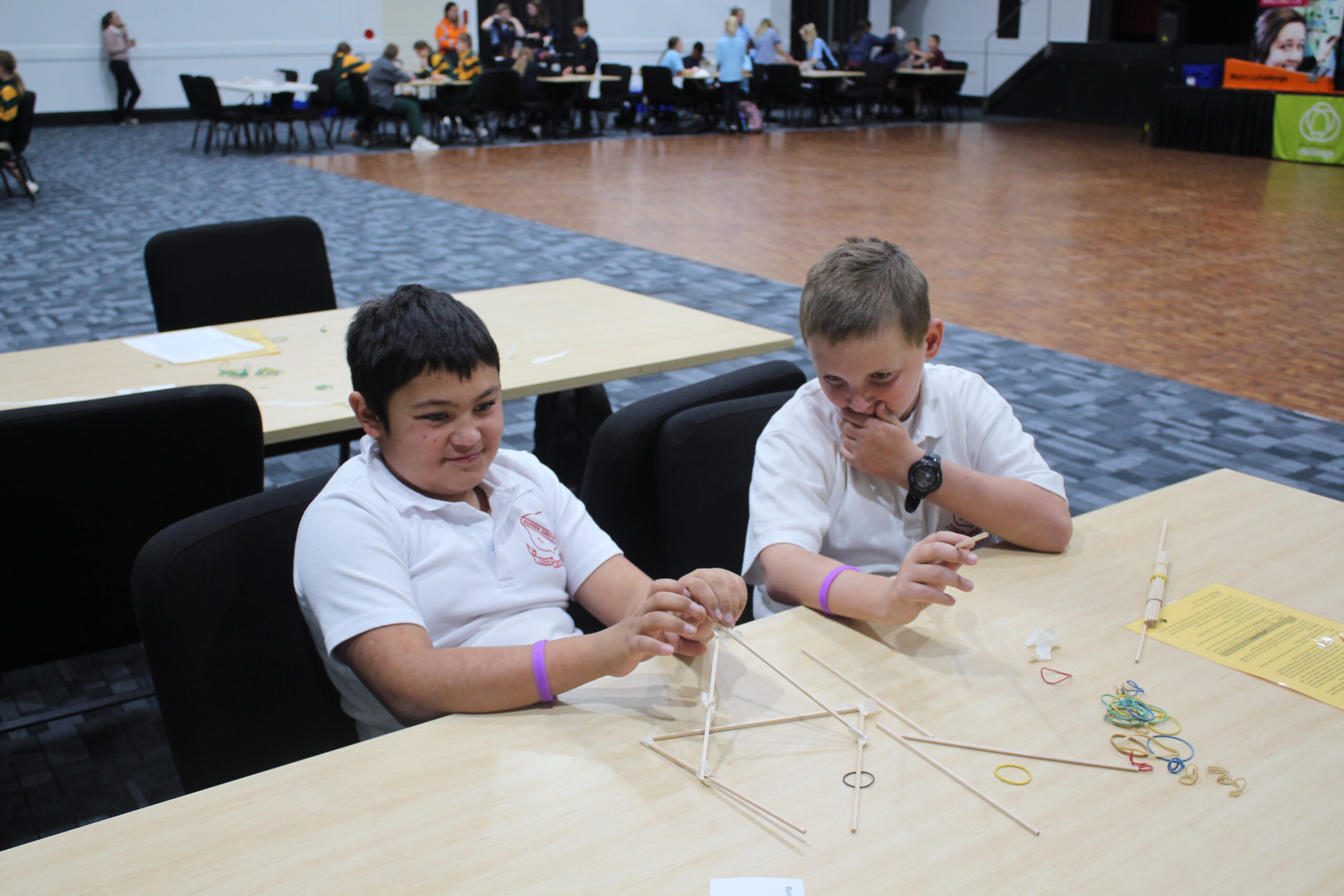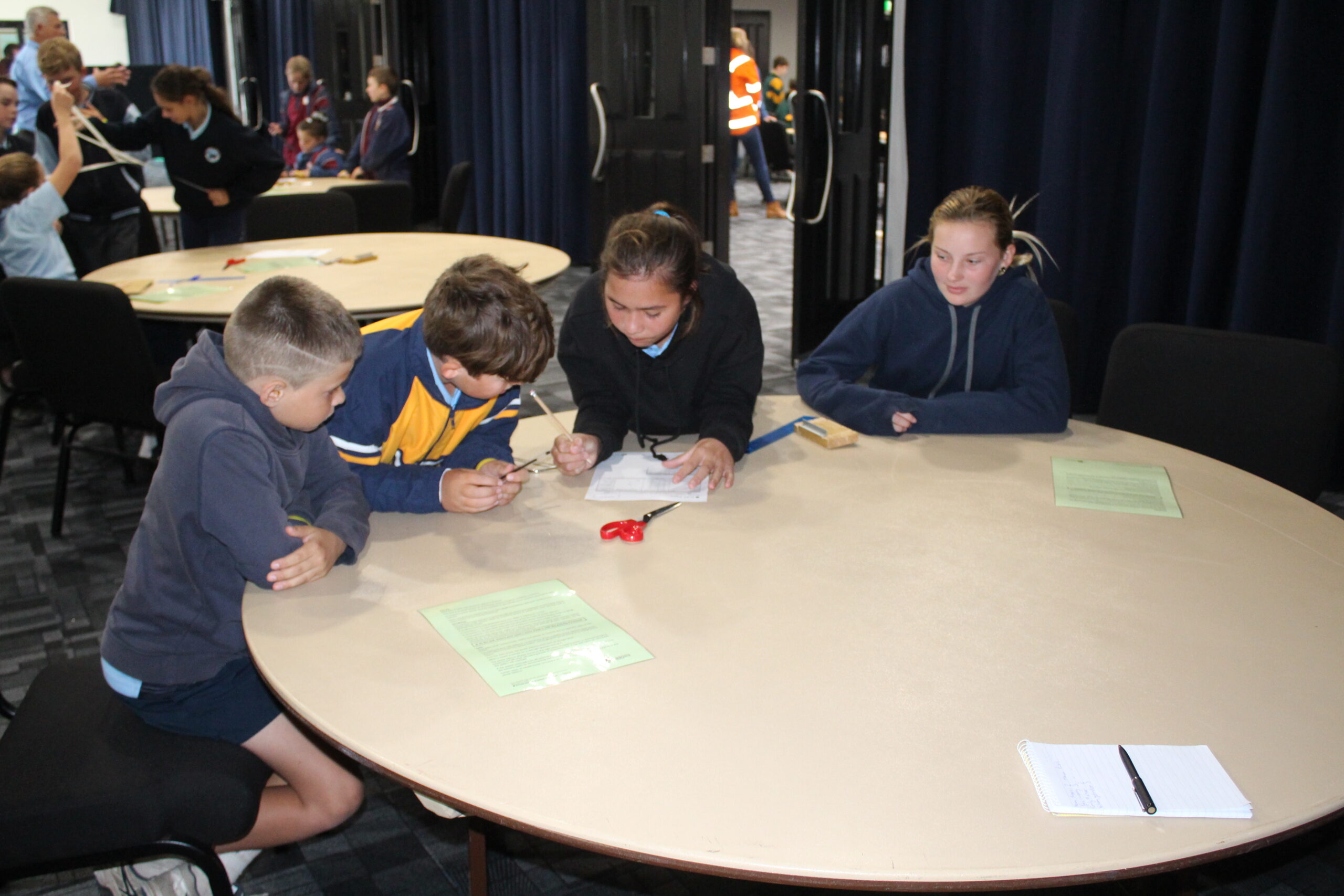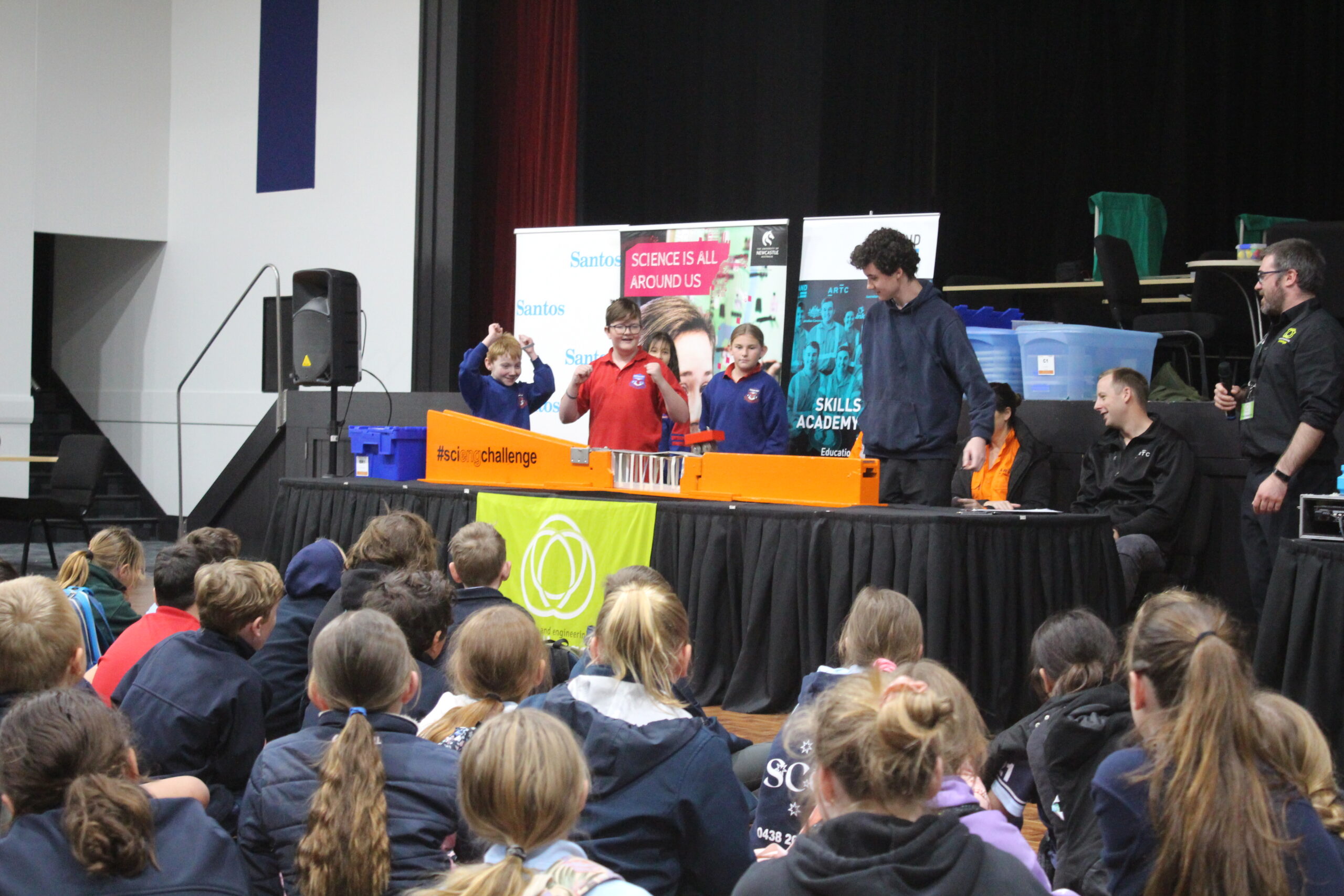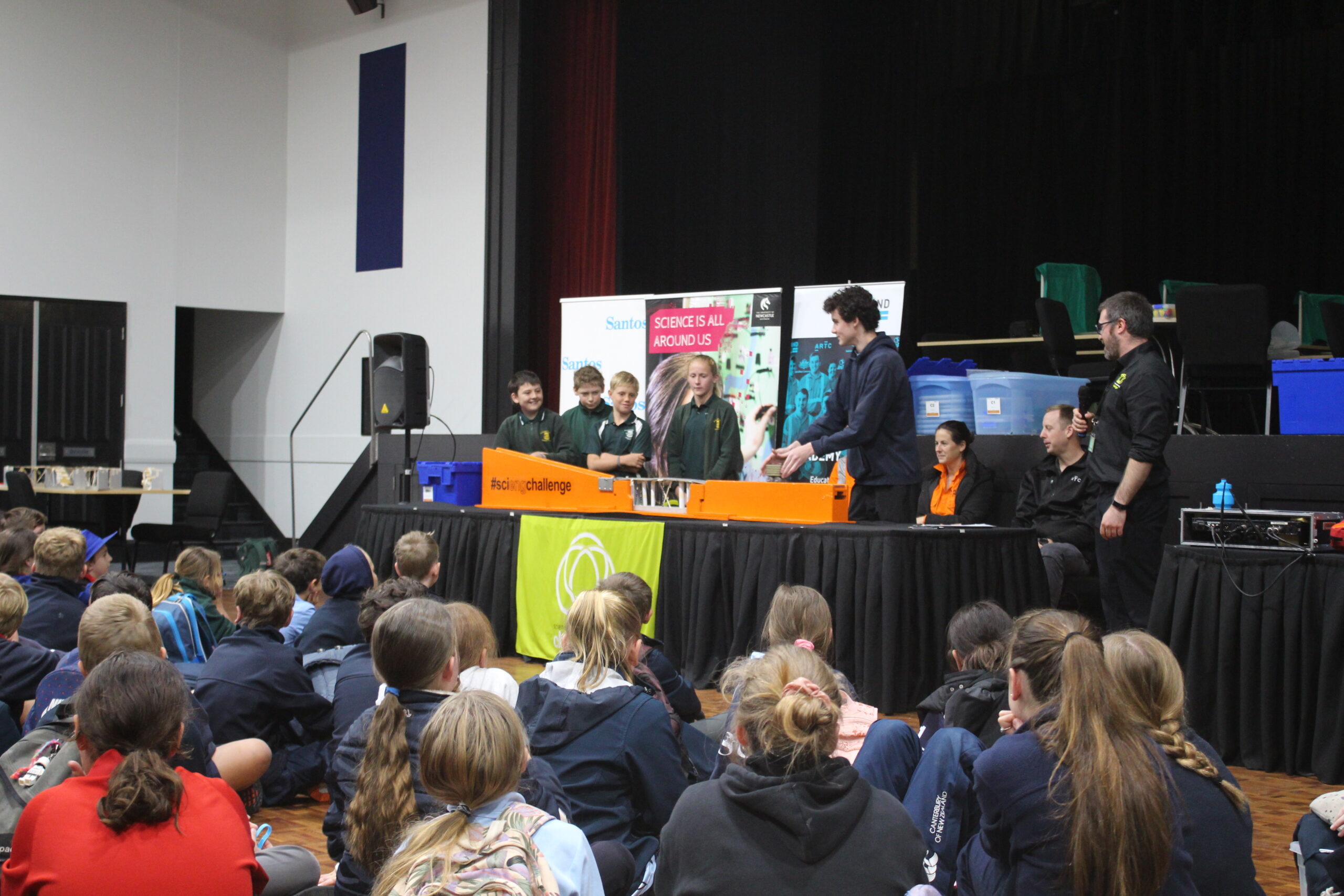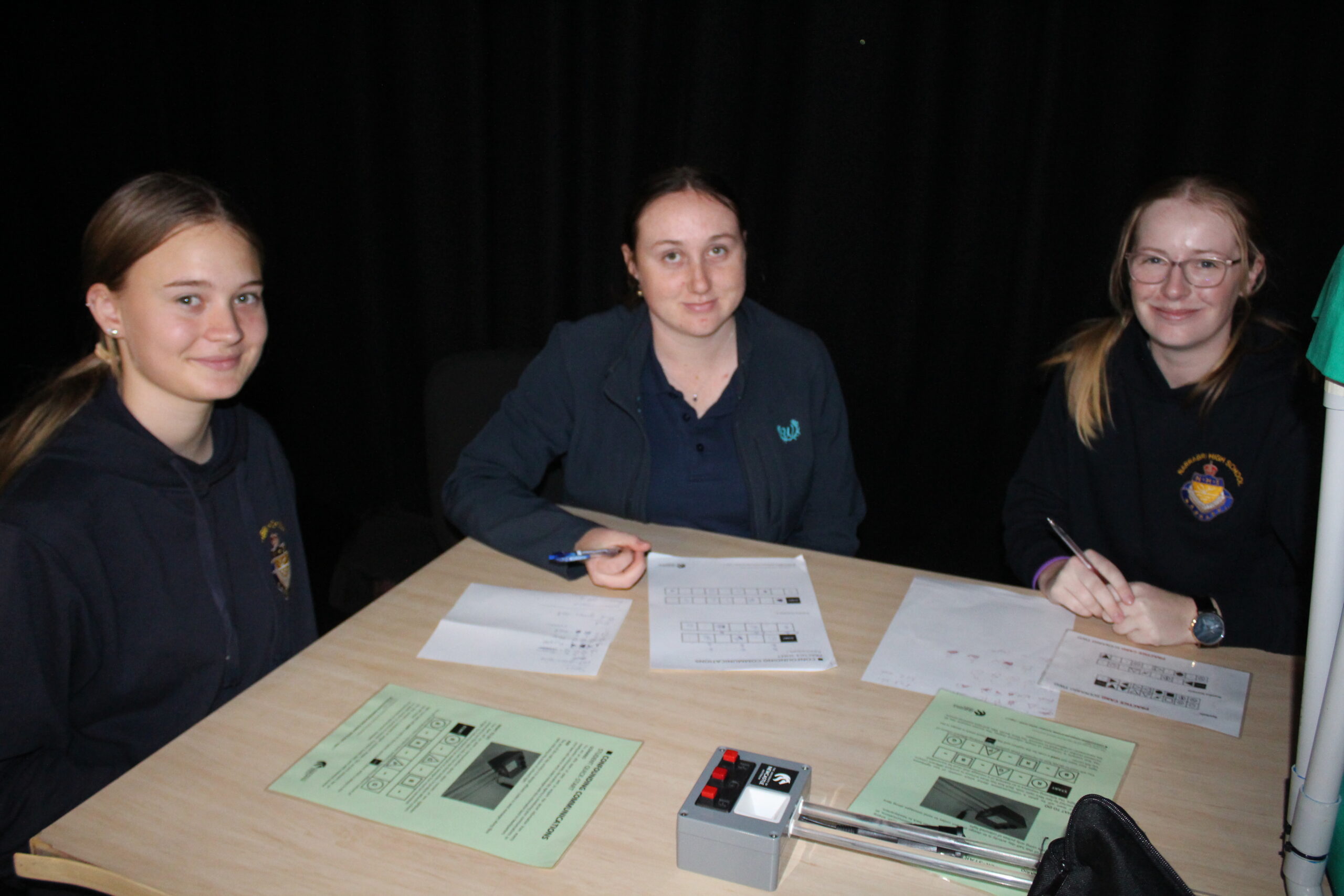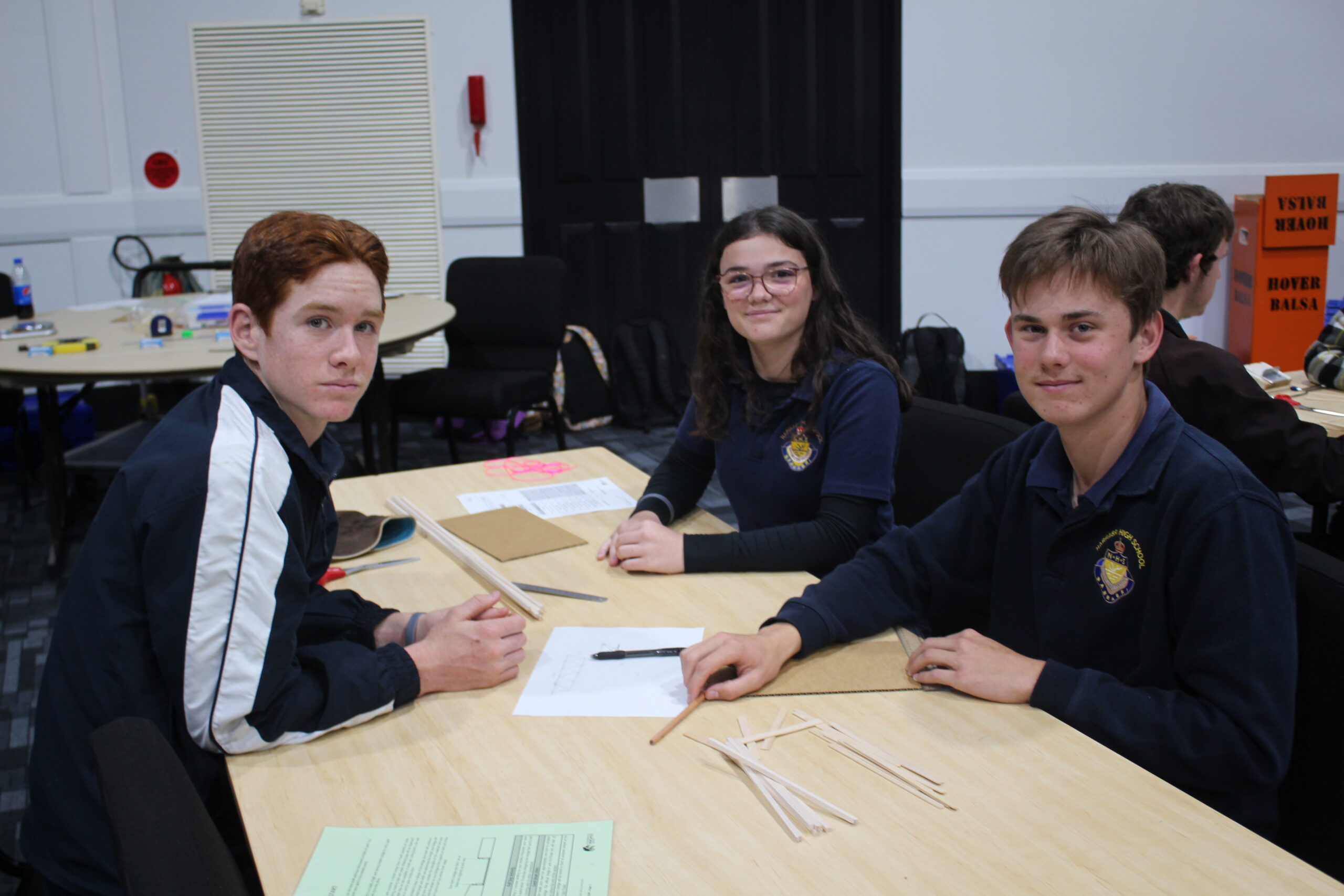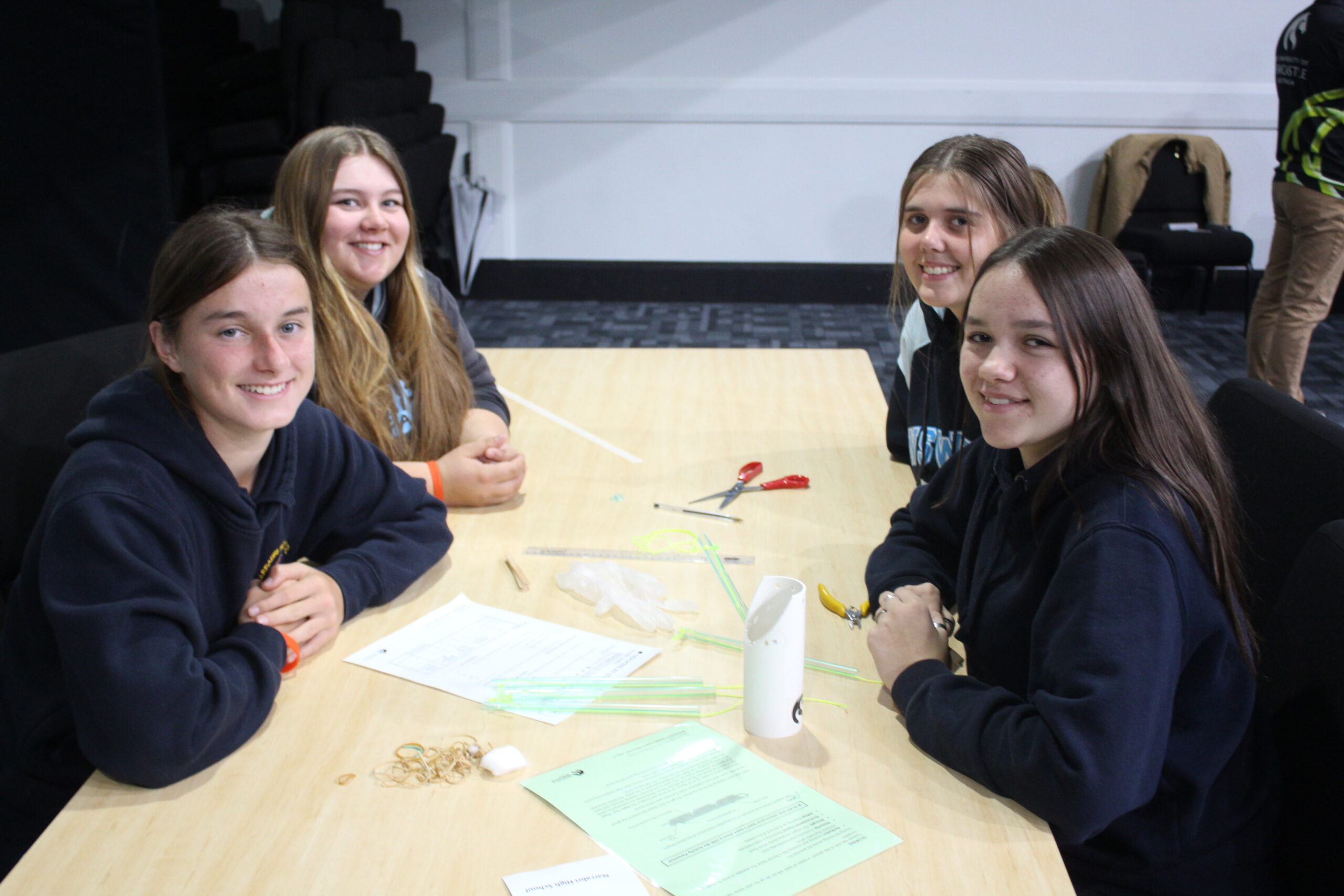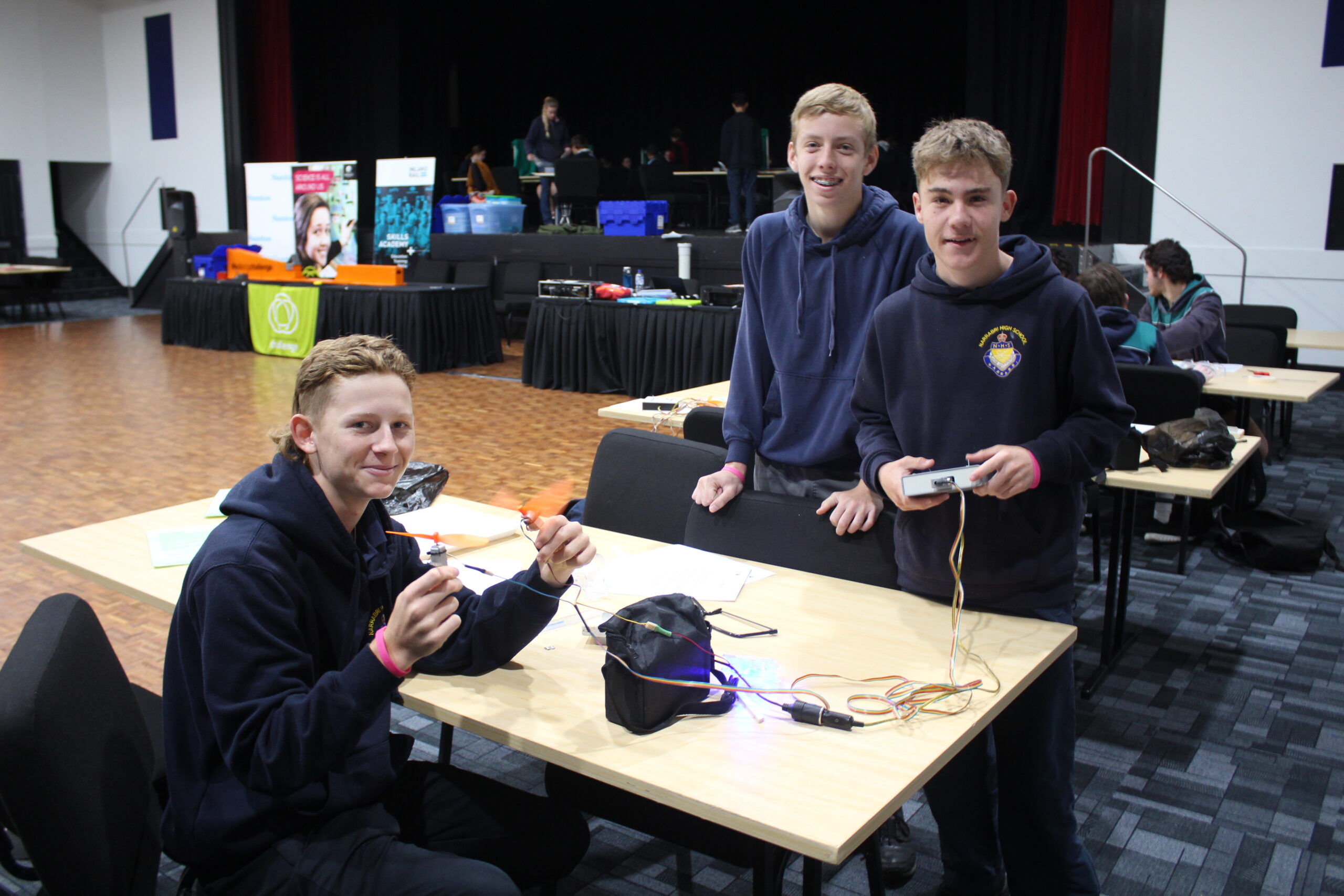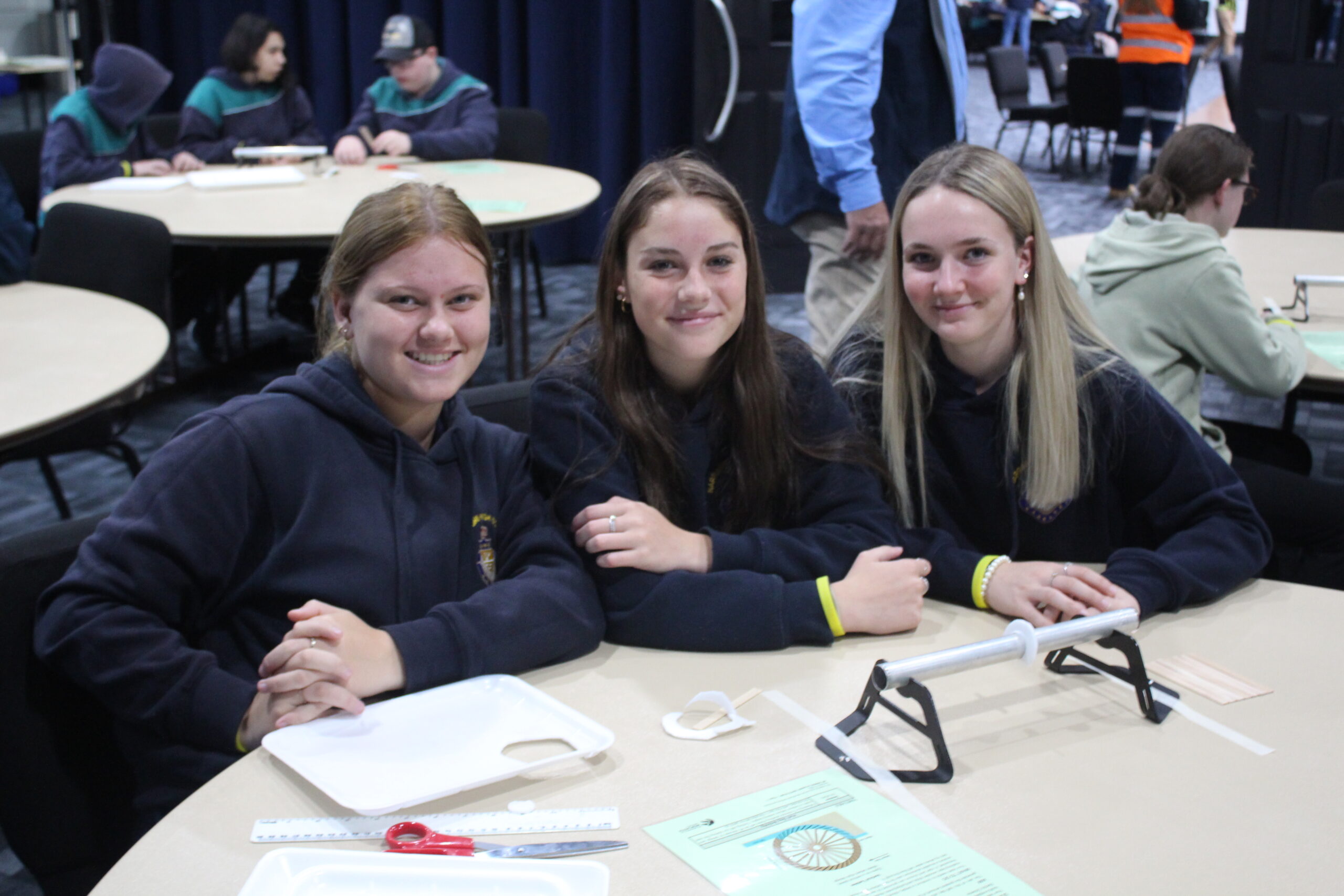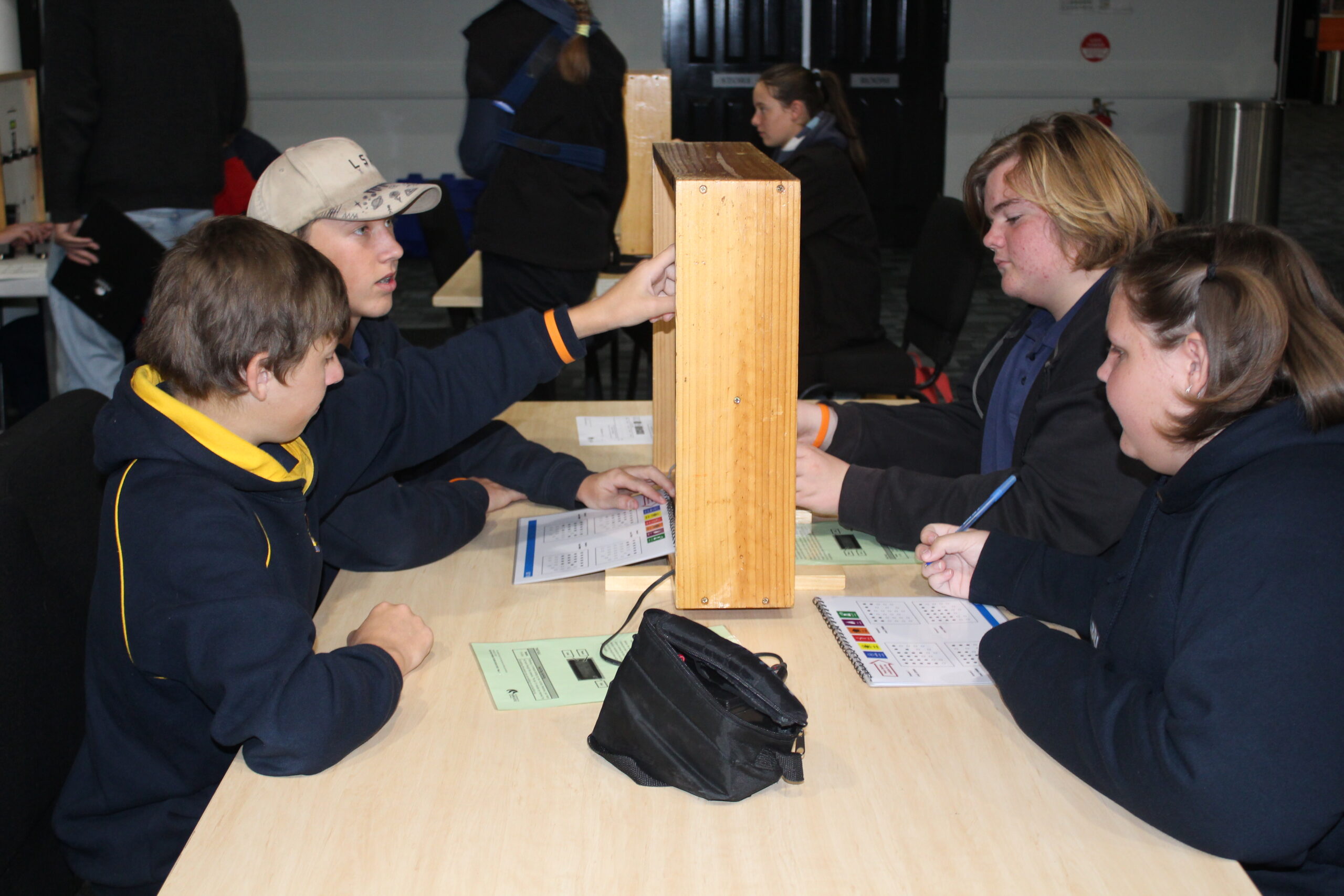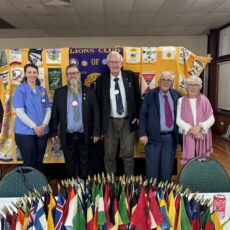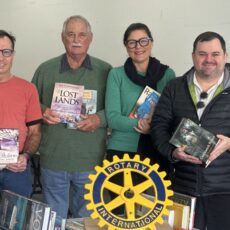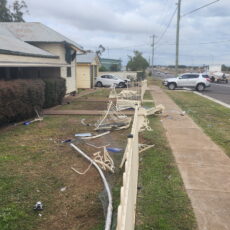The annual Science and Engineering Challenge took place in Narrabri in early June.
The STEM-focused initiative by the University of Newcastle took place over three days, from Tuesday, June 8, to Thursday, June 10.
Students from across the district travelled to The Crossing Theatre to undertake a range of groupwork activities that put their scientific minds to the test.
Teams tried out the various exercises, moving around the circuit throughout the day and switching between stations.
The eight primary school activities included: ‘minipult’, ‘earthquake’, ‘string-along’, ‘build it’, ‘max power’, ‘get a grip’, ‘get over it’ and ‘light comms’.
Meanwhile, the high schoolers tried their hand at: ‘confounding communications’, ‘future power’, ‘grasping at straws’, ‘helter skelter shelter’, ‘stringways’, ‘turbine’, ‘bridge’ and ‘hover frenzy’.
‘Minipult’ asked the students to build a miniature catapult that could launch a golf ball the furthest distance.
‘Hover frenzy’ was the high school’s version of this flight-focused activity, for which they built a model aircraft that was to be fast and manoeuvrable.
‘Earthquake’ had the teams design and build a tower that was strong enough to hold weight from above in both normal (static) and earthquake (seismic) conditions – high school students needed to build two towers for their equivalent of this exercise, ‘helter skelter shelter’.
‘String-along’ saw the groups develop an efficient network for an imaginary train to travel between towns, using the least amount of string possible – for the secondary students, this exercise was called ‘stringways’ and followed a similar premise.
‘Build it’ replaced a different exercise called water wheel, which would’ve seen students build a water wheel to produce energy (for which the high schoolers tried their hand at in their ‘turbine’ activity) – for primary school students, this construction-focused building exercise ran instead, due to equipment difficulties.
‘Max power’ had the teams use a double-sided power board for which they had to execute a series of combinations in order to allow the energy to flow as directed – high schoolers followed a similar exercise for ‘future power’.
‘Get a grip’ asked the students to design and build artificial fingers and a thumb and then complete tasks with the bionic hand – ‘grasping at straws’ was the secondary students’ equivalent of this task.
‘Get over it’, the infamous bridge challenge mentioned in last week’s Courier, tasked the groups with designing and building a bridge that can withstand increasing pressure from a toy car rolling over it – for the high schoolers this challenge was simply called ‘bridge’.
And finally, the ‘light comms’ activity had students design codes to send messages along fibre optic rods using only flashes of coloured light.
Local students, including those from Narrabri High School, Narrabri Public School and St Francis Xavier’s reaped some especially impressive results.
On the first day of the challenge, St Francis Xavier’s scored 1229.19, which placed them second overall.
They also won first place in the morning’s ‘minipult’, ‘build it’ and ‘light comms’, as well as the afternoon’s ‘get a grip’.
On the same day, Burren Junction Public School won the afternoon’s ‘minipult’.
Narrabri Public School competed on the second day and scored 1144.52, earning them second place overall.
They also came first in the morning’s ‘minipult’, ‘get a grip’, ‘get over it’ and ‘light comms’, as well as the afternoon’s ‘build it’.
On the same day, Narrabri West Public School won the morning’s ‘get a grip’ and ‘get over it’, as well as the afternoon’s ‘get over it’ and ‘light comms’.
Meanwhile, Wee Waa Public School won the afternoon’s ‘earthquake’ and ‘get over it’.
On the third day, the secondary schools competed, for which Narrabri High School ranked first overall, earning them a trophy.
The team was made up entirely of year 10 students, who were able to score more points than some of their year 11 and 12 competitors.
The Narrabri High students won the morning’s ‘confounding communications’ and ‘grasping at straws’, as well as the afternoon’s ‘confounding communications’, ‘grasping at straws’, ‘helter skelter shelter’ and ‘hover frenzy’.
Between these wins, and a number of second and third places, Narrabri High School students ranked almost 60 points ahead of the overall second placegetters by the end of the day.
If their scores are strong enough compared to the other groups across NSW who won their respective Science and Engineering Challenges, Narrabri High School will be eligible for a place in the state final in Newcastle.
Read more stories like this:
- Young scientific minds hard at work this week
- Whitehaven makes donation to help prepare students for tomorrow’s STEM jobs
- Region’s students rise to the Challenge


